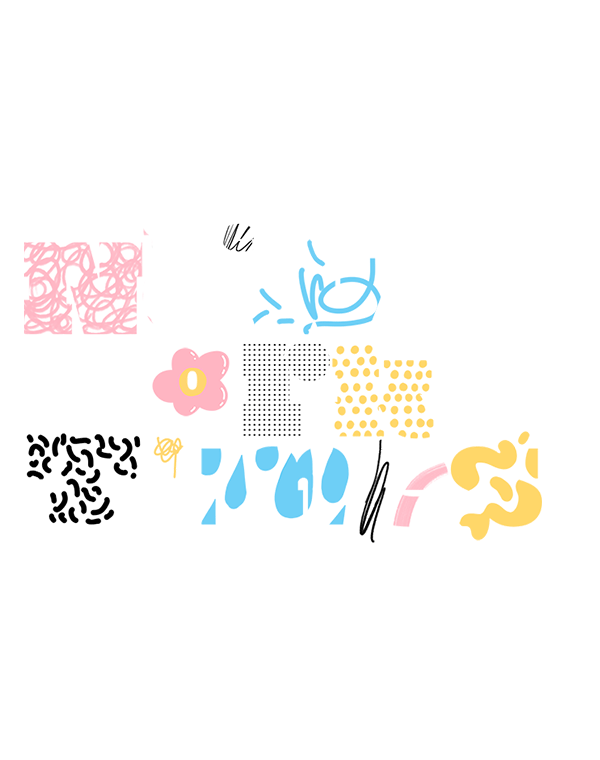

Indian Ink
Opening Night: September 30, 2014
Closing: November 30, 2014
Theater: Laura Pels Theatre
Two worlds collide in the off-Broadway premiere of Indian Ink, the passionate and fascinating drama by four-time Tony Award winner Tom Stoppard (The Coast of Utopia, The Real Thing). Set on two different continents and in two different eras, Indian Ink follows free-spirited English poet Flora Crewe on her travels through India in the 1930s, where her intricate relationship with an Indian artist unfurls against the backdrop of a country seeking its independence. Fifty years later, in 1980s England, her younger sister Eleanor (Tony and Golden Globe Award winner Rosemary Harris) tries to preserve the legacy of Flora’s controversial career. Little by little, Flora’s mysterious past is revealed, as is the surprising story of two people whose connection lives on through art.
BUY TICKETSREAD THE REVIEWS:
September 30, 2014
The New York theater community has no lack of either Anglophiles or Tom Stoppard admirers. So when one of the revered playwright’s dramas takes almost 20 years to make the crossing from London in a major production, it seems natural to expect an inferior effort. Like its more intellectually rigorous immediate predecessor in the Stoppard canon, Arcadia, the 1995 play Indian Ink interweaves parallel time periods and narratives to explore the mutability of memory, and this long, meandering work is unquestionably hurt by the comparison. But director Carey Perloff’s lucid staging and her accomplished cast make a persuasive case for what turns out to be an evocative, erotically charged piece of writing. The playwright expanded Indian Ink from his 1991 radio drama In the Native State, which was inspired by his childhood years in 1940s Darjeeling. Relatively straightforward by the standards of Stoppard’s work, it weighs such characteristic concerns as art and love, desire and creativity, considering “the smudge of paint on paper” that people leave behind and the ways in which personal and cultural perceptions, as well as time, can reshape that blurred image.
READ THE REVIEWSeptember 30, 2014
In his 1995 drama Indian Ink, now in New York for the first time, Tom Stoppard tackles a story of love, art and culture. And after about three hours, he comes to a pretty straight-up conclusion: It’s all but impossible to truly know people. His case in point is the fictional, free-spirited British poet Flora Crewe (Romola Garai), who treks to Jammapur in 1930, as the people of India are growing restless under British rule. “I am in heat …” Flora notes as she pens a poem. She’s not just taking stock of the temperature or the political climate. Flora has her portrait painted by a local artist, Nirad Das (Firdous Bamji). Their relationship is complex — England and India in miniature.
READ THE REVIEWSeptember 30, 2014
If everything a great playwright wrote were top-drawer, the drawer probably wouldn’t open. That’s one reason the Roundabout’s fine mounting of Indian Ink — which is second-tier Tom Stoppard but excellent by almost any other standard — is so welcome. It allows us to see more deeply into the interior of his best works, which get further with many of the same techniques and hide them better. The play also has merits of its own, of course, so it’s especially odd that it has barely been seen in New York before now. (A small Off-Off Broadway production ran downtown for three weeks in 2003.) Originally written as In the Native State for radio in 1991 and then translated to the stage in 1995, it has been overshadowed by the greatness of its near contemporaries Arcadia (1993) and The Invention of Love (1997), both of which share its structure of twinned time periods. In the case of Indian Ink, the eras are close enough to touch, or nearly.
READ THE REVIEWSeptember 30, 2014
Tom Stoppard’s witty 1995 play Indian Ink takes a romantic look back at India under waning British rule, gently mocking both the British Raj and some of the English-smitten “natives.” There’s a timeless sensuality in the air of the Roundabout Theatre Company’s leisurely, evocative and thoroughly enjoyable New York premiere that opened Tuesday night off-Broadway at the Laura Pels Theatre. An accomplished cast includes the dual treat of Rosemary Harris and Romola Garai, playing sisters connected across time through letters written by Garai’s character 50 years earlier. Stoppard, known for dazzling dramas like Arcadia and The Real Thing, lived as a boy in India for a few years in the mid-1940s, and presents this almost-cozy look at a pivotal time in that nation’s history.
READ THE REVIEWSeptember 30, 2014
If you’re a fan of the fabled Mitford sisters — the last of whom, Deborah, the Dowager Duchess of Devonshire, died last week — you’ll doubtless be eager to meet the Crewe girls, Flora and Eleanor. In the late 1920s and early ’30s, Flora, the elder and flashier of the two, and Eleanor occupied much the same social landscape as the Mitfords — a tea-and-cocktail-drenched world of artists and aristocrats, politicians and pundits. And as with the Mitfords, tales of their lives are guaranteed catnip for a certain breed of Anglophile cultural voyeur. That breed is likely to overlap with fans of Tom Stoppard, the creator of the (fictional) sisters Crewe, who are the leading characters of his Indian Ink, an enticing if overpacked play from 1995 that opened on Tuesday night at the Laura Pels Theater in its belated New York premiere. And no one should be disappointed by the news that Flora and Eleanor have been brought to life for the occasion by the equally exquisite Romola Garai, in her Off Broadway debut, and Rosemary Harris.
READ THE REVIEW





















